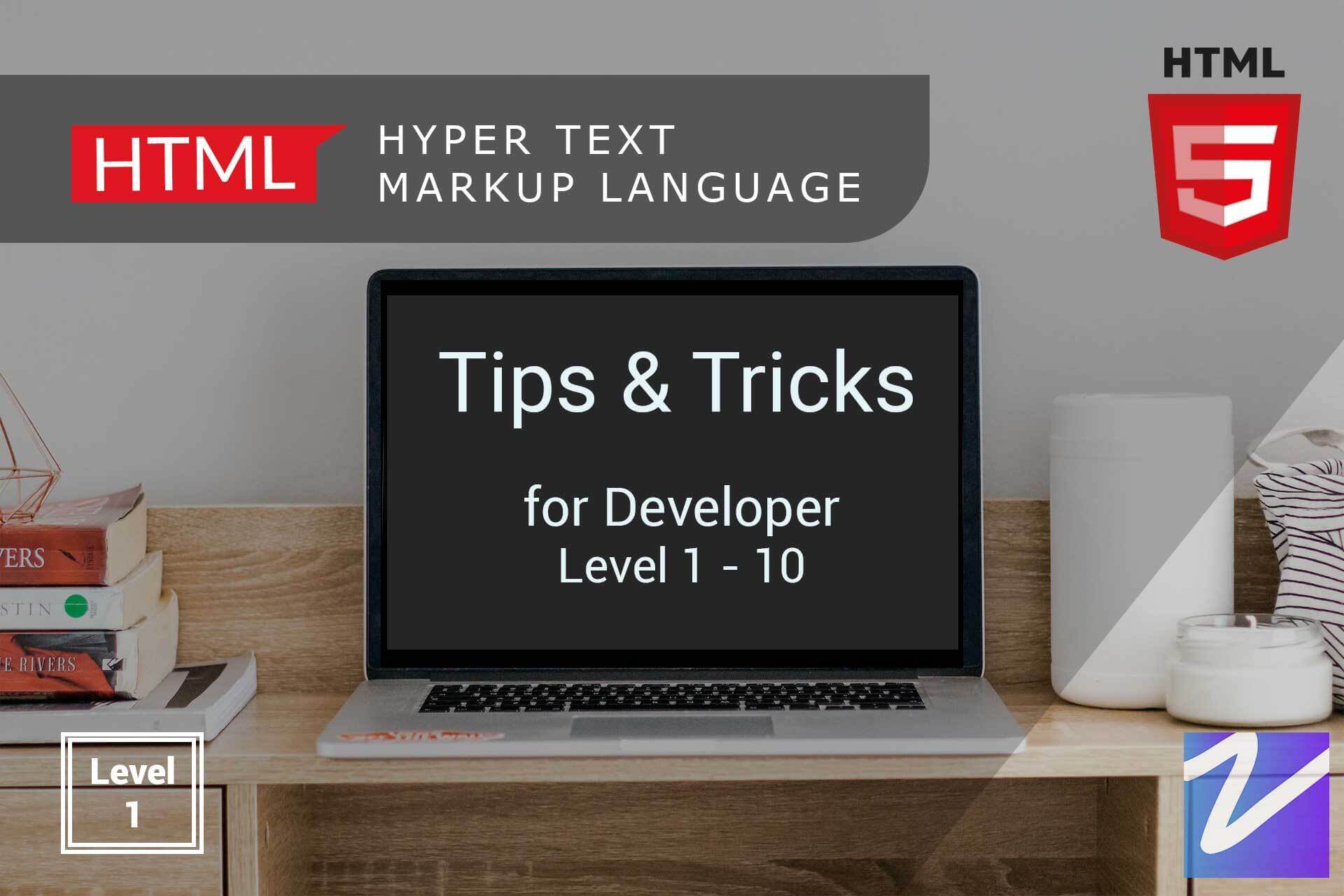Your Content Goes Here
Introduction:
- Briefly introduce the topic of HTML and explain why it is important for building websites
- Mention that this tutorial will cover the basics of creating a basic HTML page, and that it is suitable for beginners or those looking for a refresher
Step 1: Setting up the structure
- Explain the basic structure of an HTML page, including the use of the
<html>,<head>, and<body>tags - Show how to create the basic structure of an HTML page using these tags
Step 2: Adding content
- Introduce the main HTML tags used to add content to an HTML page, such as
<h1>for headings,<p>for paragraphs, and<ul>for unordered lists - Show how to use these tags to add content to the HTML page
Step 3: Formatting and styling
- Introduce basic HTML tags used for formatting and styling, such as
<strong>for bold text and<em>for italicized text - Show how to use these tags to add formatting and styling to the HTML page
Step 4: Links and images
- Introduce the
<a>tag for creating links and the<img>tag for adding images - Show how to use these tags to add links and images to the HTML page
- Summarize the main points covered in the tutorial
- Encourage readers to continue learning about HTML and building their skills
- Offer additional resources for further learning (e.g. online tutorials, books, etc
HTML, or HyperText Markup Language, is a programming language used to create and structure content on the web. From simple text and images to complex forms and interactive elements, HTML provides the building blocks for creating websites and web applications.
If you’re new to HTML or just looking for a refresher, this tutorial will walk you through the basics of creating a basic HTML page. We’ll cover everything from setting up the structure to adding content and formatting, and we’ll even throw in some links and images for good measure. So let’s get started!
Step 1: Setting up the structure
The first thing we need to do is set up the basic structure of our HTML page. This involves using three main tags: , , and .
The tag encloses all of the content on the page and tells the web browser that the content is HTML. The tag contains information about the page, such as the title and any links to stylesheets or scripts. Finally, the tag contains the actual content of the page.
Here’s what the basic structure of an HTML page looks like:


Leave A Comment